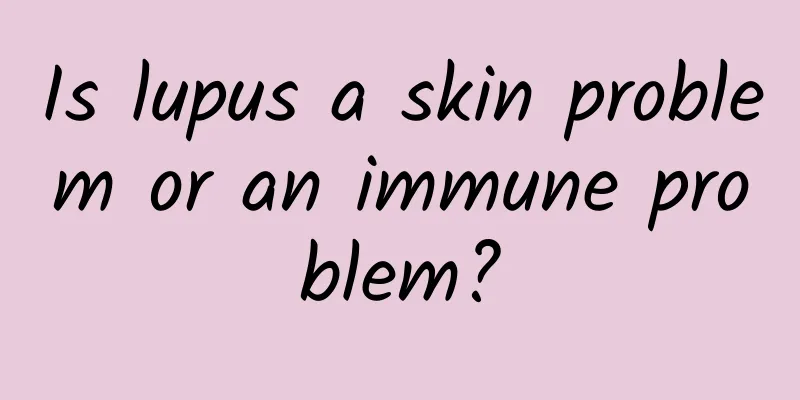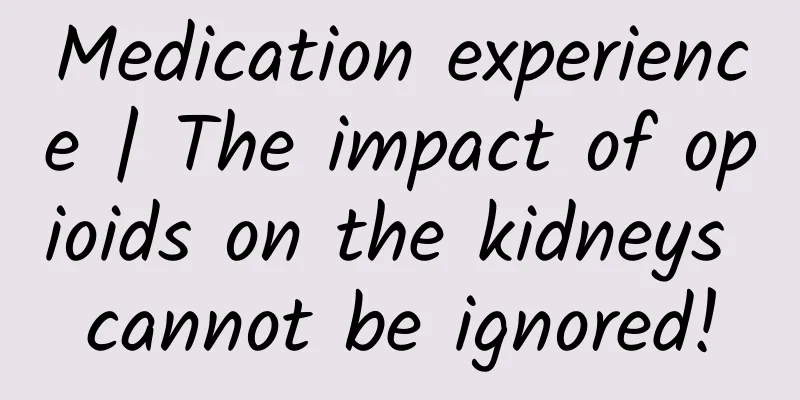Right ovarian cystic space-occupying lesion

|
The right ovarian cystic space-occupying lesion is ovarian cystic change, which is mainly caused by excessive secretion of androgen by the ovary. The disease can occur on the left or right side. The appearance of right ovarian cystic space-occupying lesions will be accompanied by symptoms such as amenorrhea, anovulation, hirsutism, and obesity. Many women suffer from infertility which is closely related to this disease. We must have a full understanding of it and actively carry out treatment to avoid increased harm. It is a terminal ovarian pathological change caused by dysfunction of multiple endocrine axes. The initial neuroendocrine changes are increased release frequency and pulse amplitude of luteinizing hormone and gonadotropin, and increased ratio of luteinizing hormone to follicle-stimulating hormone. Ovarian cystic change is a type of ovarian tumor, which may be benign or malignant. Therefore, after discovering ovarian cystic change, we must first confirm whether it is benign or malignant. It should be noted that sometimes the ovaries appear to have changes like cysts, but they are not cysts, such as polycystic ovaries, corpus luteum cysts, endometriosis in the ovaries, etc. Although these diseases will also cause lumps on the ovaries, it is recommended that you go to the hospital for a detailed examination to clarify the nature of the ovarian cystic change and provide targeted treatment.
Symptoms of ovarian cystic change include menstrual disorders, amenorrhea, anovulation, hirsutism, obesity, infertility and bilateral ovarian enlargement with cystic changes. [1] Patients may have the above typical symptoms, or only some of them, but infertility due to ovulation disorders is the main clinical manifestation of polycystic ovary syndrome. Many patients with ovarian cystic changes have hyperinsulinemia. Patients with hyperinsulinemia are prone to diabetes and cardiovascular and cerebrovascular diseases. Therefore, polycystic ovary syndrome is also a high-risk factor for diabetes and cardiovascular and cerebrovascular diseases. Polycystic ovary syndrome is one of the symptoms of ovarian cysts. Affects appearance, infertility, metabolic abnormalities, menstrual disorders, obesity and hirsutism, etc.
Ovarian cystic changes can lead to female infertility, which is a big blow to many female friends who want to have babies, so ovarian cystic changes must be discovered and treated in a timely manner. The current treatment for ovarian cystic changes is drug therapy, but the effect is relatively slow, unlike hormone drugs that will cause dependence. Surgical treatment is effective, and this is the most effective treatment for ovarian cystic changes. |
<<: Cystic dark area on left ovary
Recommend
Is it okay to drink milk powder during breastfeeding?
Some girls may not have enough milk during breast...
Is it better to sleep with the window open or with the air conditioner on when it's hot? The doctor's answer is surprising
In the hot summer nights, the temperature is so h...
Can I eat oranges during my period?
When it comes to oranges, everyone knows that it ...
The dangers of low ferritin in women
In short, ferritin is a protein that stores iron....
Does menstruation pass through the fallopian tubes?
Due to the complexity of the female reproductive ...
How to tread water while swimming? Illustration of treading water skills
Many friends have been learning to swim recently....
What is the normal value of blood pressure? Many people are wrong. What are some non-drug methods to control blood pressure?
Huazi chatted with many friends who have high blo...
What to do if the vulva is allergic, red, swollen and itchy
Vulvar itching is a common gynecological disease ...
How long does it take to get menstruation after abortion and what to pay attention to
The incidence of menstrual problems cannot be und...
Will pelvic cysts affect menstruation?
Pelvic cysts are more common in female friends un...
Can I eat bananas if I have vaginal dryness and thick leucorrhea?
The vagina is a very important place for women, a...
What is the reason for a week past due date?
There is always a due date when giving birth, but...
In spring, you can practice "liver nourishing exercise" in the morning and evening to protect your liver.
There are many ways to nourish and protect the li...
What causes pelvic mass?
For women, the health of related organs such as t...









